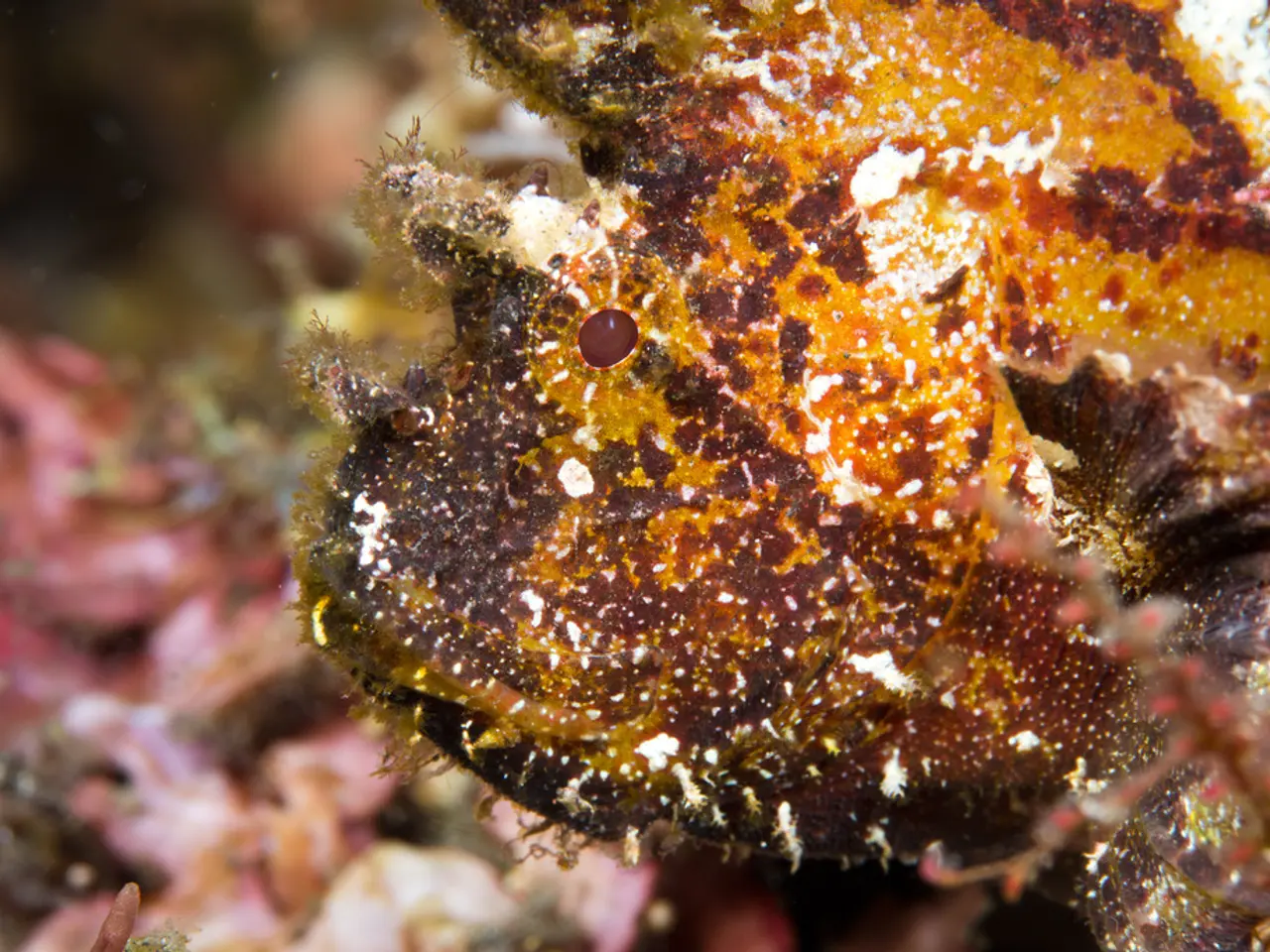Underwater Photography: Exploring with Macro Lenses
In the world of underwater photography, the choice between prime and zoom macro lenses can significantly impact the quality and versatility of your images.
Prime Macro Lenses
These lenses have a fixed focal length, providing superior image quality, sharper details, and typically wider maximum apertures. This allows better low-light performance and more pronounced background blur, which is beneficial for capturing fine details of small underwater subjects with high clarity.
Zoom Macro Lenses
On the other hand, zoom macro lenses offer an adjustable focal length, providing flexibility to change magnification without physically moving closer or farther from the subject. This versatility is helpful for dynamic underwater environments where quick adjustments are needed. However, zoom lenses usually have smaller maximum apertures compared to primes and may sacrifice some image sharpness and low-light capability.
For underwater macro photography, prime lenses tend to be preferred when image quality and fine detail are paramount, especially with small, stationary subjects. Zoom lenses are favored when situational adaptability is important, enabling photographers to frame subjects at varying distances without changing lenses or positions underwater.
Choosing the Right Lens
The choice between prime and zoom macro lenses depends on the photographer’s priorities: maximum image quality and aperture performance (prime) versus flexibility in framing and focal adjustment underwater (zoom).
Some popular prime macro lenses for underwater photography include the Venus Optics Laowa 24mm Macro Lens, Sigma 70mm f/2.8 DG Macro, Sigma 105mm f/2.8 EX DG Macro, and the Canon 60mm f/2.8 EF-S Macro lens. For zoom macro lenses, the Sony FE 90mm f/2.8 Macro G OSS Lens and the AF-S VR Micro NIKKOR 105mm f/2.8G IF-ED lens are good options.
Close up lenses, additional lenses or filters that magnify the subject, can also be used to enhance macro photography. These lenses are compatible with various manufacturers and diopter strengths.
It's essential to consider the quality of the lens when choosing a macro lens, as the image quality can depend on the lens's quality. Popular brands for underwater photography include Canon, Sony, Nikon, Sigma, and Olympus, among others.
In conclusion, whether you prioritize image quality and aperture performance or flexibility in framing and focal adjustment, there's a macro lens out there to suit your needs in underwater photography.
- A DSLR guide may suggest using prime macro lenses for superior image quality, sharper details, and wider maximum apertures in underwater photography.
- With their adjustable focal length, zoom macro lenses offer versatility, allowing photographers to adjust magnification quickly without moving closer or farther from the subject.
- The choice between a fix-focus prime lens and a zoom lens comes down to the photographer's priorities – either maximum image quality and aperture performance (prime) or flexibility in framing and focal adjustment (zoom).
- To capture intricate details of small, colorful critters such as nudibranchs, gadgets like close-up lenses or diopters can be used in conjunction with the macro lens, providing greater magnification.
- In underwater macro photography, a popular prime lens option is the Canon 60mm f/2.8 EF-S Macro lens, while the Sony FE 90mm f/2.8 Macro G OSS Lens is a renowned zoom lens for the job.
- Technology advances continue to impact underwater photography, with mirrorless cameras also becoming popular due to their compact size and autofocus capabilities, ideal for capturing elusive underwater subjects like bluewater critters.
- To achieve the best focus underwater, it's essential to understand taxonomy and the behavior of marine life, as this knowledge will help in positioning the camera and selecting the appropriate settings for your subject.
- When selecting a macro lens, consider investing in a high-quality lens – a critical factor in ensuring excellent image quality and producing stunning, detailed underwater photography.




